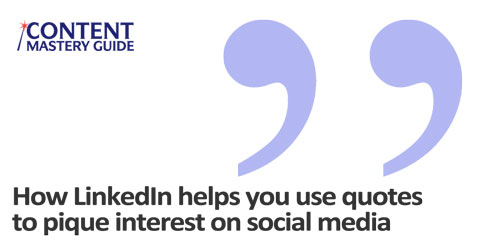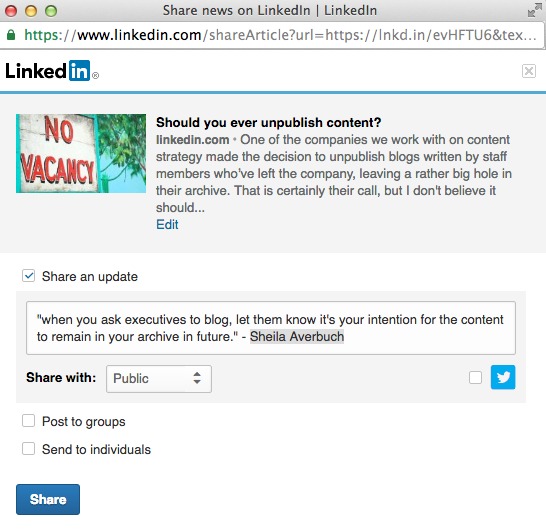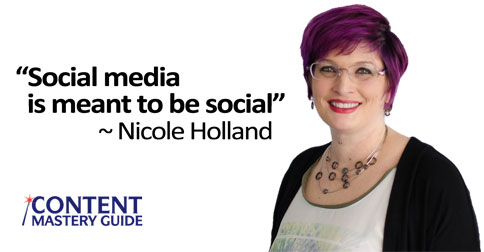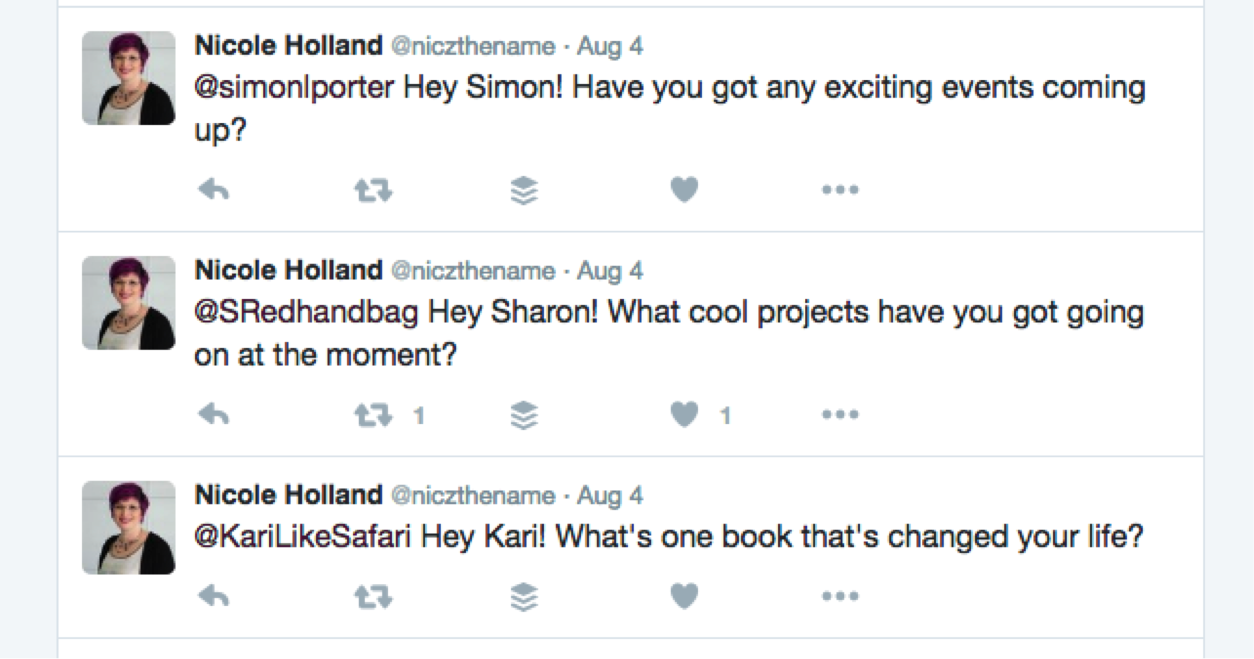
I’m invited regularly to submit guest posts, and I’m grateful to have been featured in some of my industry’s top publications like Content Marketing Institute, {grow}, and Social Media Examiner, along with wellness-focused sites such as IONC, Canadian Chiropractor, and Massage Therapy Canada.
As a long-time user of WiseStamp, an email signature tool, I was excited to hear from Simcha Lazarus (social media and community manager), with a request to contribute to their blog for small business owners.
I noticed right away that I felt highly valued and well cared for during this process. I knew exactly what was required of me and by when, and that made it easier to plan and complete the task within my busy schedule.
Just how did Simcha and her team achieve this magical effect? I asked her to take me through how they manage guest posts.
1. Why does WiseStamp use guest bloggers?
Hosting guest writers is a great way to build relationships with bloggers and industry influencers and to provide your readers with content on a variety of topics by experts on those subjects.
And when you have other writers publish on your site your blog gets discovered by that blogger’s readers, which can give your traffic a boost.
2. How have your guest posting guidelines evolved over time?
Our guidelines are actually pretty new. Before we had them, we had been editing the guest posts that we were receiving, and repeatedly emailing our guest writers to ask them to add links or provide images. Finally we realized that it would be a lot simpler if we just wrote up a set of guidelines and provided them to anyone who wanted to write for us.
3. How do the guidelines help things run smoothly?
Having the guidelines saves everyone a lot of time and effort when we prepare the articles for publication. In the past we used to get a lot of articles that were too short or weren’t formatted in a way that’s easy to read. Now this happens a lot less.
Our guest writers know what our expectations are and can create the blog posts with those in mind. And the articles that we now receive are pretty much ready to go up, with just the occasional tinkering here and there.
4. How do you find your guest bloggers?
I usually start with someone that we already have a relationship with. This can be a WiseStamp user or someone who has written about us in the past.
Since they are already familiar with WiseStamp, and are probably a fan, they are likely to be interested in contributing to our blog.
5. How do you build and cultivate good relationships with your guest bloggers?
If I would like to invite someone to write for our blog who I don’t yet have a relationship with, then I will work on cultivating one.
I will follow them on Twitter and retweet and comment on their tweets. I will read their blog posts and comment on them (Simcha stopped by the Content Mastery Guide blog and commented on this post about attracting new clients without Google). I might also follow their Facebook page and comment on their posts.
After a while this person will become familiar with me and we might have engaged in a few conversations. I will then email them, tell them how much I enjoy their articles (which I do, because otherwise I wouldn’t want them writing for WiseStamp) and ask if they would be interested in writing a post for our blog.
And I was – thanks, Simcha! I’m thrilled to have my first guest post on the WiseStamp blog, How to Use Your Blog to Develop Valuable Relationships.
For a wellness practitioner or clinic, ideal guest posters might be other experts in your field, vendors (supplements, food products, mobility tools, spa products, body care products, etc.), retreat destinations, related charities, or local community partners. Here are more tips for who to feature and how to write about them.
Guest posts aren’t the only way to spotlight other people on your wellness blog. You can also publish Q & A interviews like the one I did with Simcha, or write about them in your own post.
P.S. How healthy is your wellness clinic blog? Subscribe to my free e-course to learn about the top 5 myths that may be sabotaging your blogging efforts.








